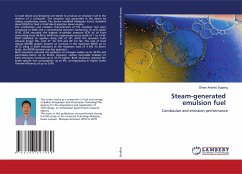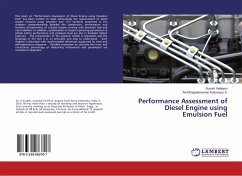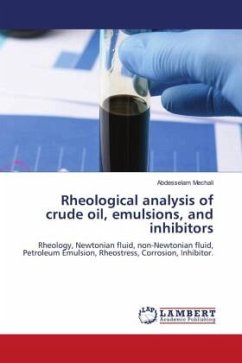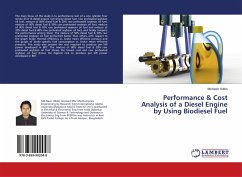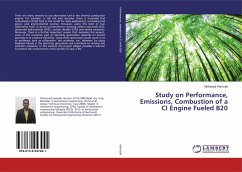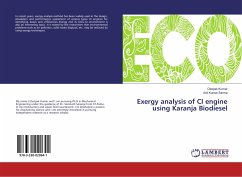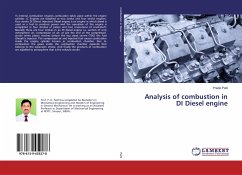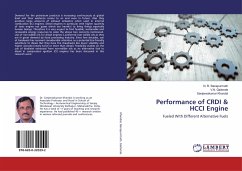A novel device was designed and tested to produce an emulsion fuel in the absence of a surfactant. The emulsion was generated in the device by mixing condensing steam. The device modified Malaysian Euro2 standard diesel (D2M) to feed a 5 kW direct-injection diesel engine. The combustion and emission characteristics of the emulsion fuel were compared to D2M and a conventional emulsion containing 10 v/v% water (E10). D2M recorded the highest in-cylinder pressure (ICP) of all fuels amounting from 56.48 to 64.64 bar respectively across loads of 1 to 4 kW. D2M exhibited an ignition delay (ID) of 16°, while the emulsion fuels showed longer IDs, with 21° for E10 and 20° for SD. The rate of heat release (ROHR) graphs showed an increase in the maximum ROHR up to 45.12 J/deg in both emulsions at the maximum load of 4 kW. At lower loads, the ROHR increase was less apparent. Both emulsions reduced the emissions of nitrogen oxides up to 43.0% and particulate matter up to 36.6%. However, carbon monoxide emission of both emulsions increased up to 52.7% higher. Both emulsions reduced the brake specific fuel consumption up to 9%, corresponding in higher brake thermal efficiency of up to 9.9%.
Hinweis: Dieser Artikel kann nur an eine deutsche Lieferadresse ausgeliefert werden.
Hinweis: Dieser Artikel kann nur an eine deutsche Lieferadresse ausgeliefert werden.

